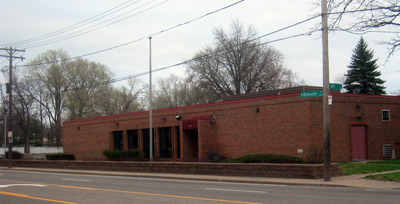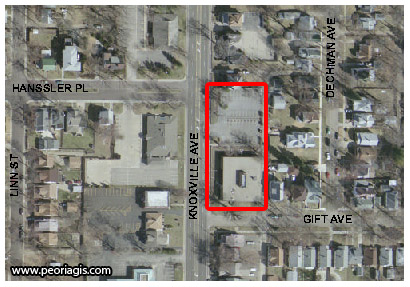The Journal Star Editorial Board is no longer fazed by violence in the streets of Peoria. It’s so ho-hum, you know. Recently, two cars sped by each other on Wisconsin Avenue — the occupants of one shooting at the other — all the while children at Glen Oak school were outside for recess. The school was on lock-down the rest of the day, and thankfully, no one was hurt.
Normally, shooting in the streets, especially around children, would be occasion for outrage. It would be occasion for the editors of a newspaper to call for greater police protection and for neighborhoods to pull together. But that’s not what the Journal Star’s editors do. No, to them this violence in our streets is nothing more than fodder to snipe at neighbors — neighbors whose children were just put at risk by gunfire — for opposing the school district’s attempt to move Glen Oak School to a corner adjacent to Glen Oak Park.
The petty response here would be to adopt the tactics used by some of those opposed to building a new school adjacent to upper Glen Oak Park and say that this proves what a dangerous neighborhood the current facility is in, that the traffic there really is bad, and that these children deserve a safer environment – perhaps close to a park, where the primary threats come from squirrels dropping acorns from centuries-old oak trees. The more mature, measured, honest stance is to acknowledge that these things happen sometimes, that they can occur anywhere, that no one was hurt and that a singular incident should not be the basis for any long-term decisions.
That’s their response. “These things happen sometimes.” What things? Shooting in the street while children are present. School children being in harm’s way during recess. Car chases with gunfire next to a school. Those things. They happen sometimes. In fact, “they can occur anywhere.” Why, just the other day an executive was chasing a chiropractor through Germantown Hills in his Jaguar while shooting at him, right? Not.
When those parents hear their children were in harm’s way, they don’t think, “oh dear, those things happen sometimes.” They think, “why am I still living here? How can I get out?”
“No one was hurt,” they say. Really? No one? The city isn’t hurt by violence in the streets? The children aren’t hurt by seeing this kind of violence and becoming numb to it? The families aren’t hurt by heartless editorials like this one that berate them for being involved, for fighting for what they feel is best for their neighborhood and their children?
This was the most heartless, mean-spirited editorial I’ve ever seen printed on the pages of the Journal Star. No compassion, just rhetorical gamesmanship. Is this the kind of civil discourse that the Journal Star considers superior to blogs?


